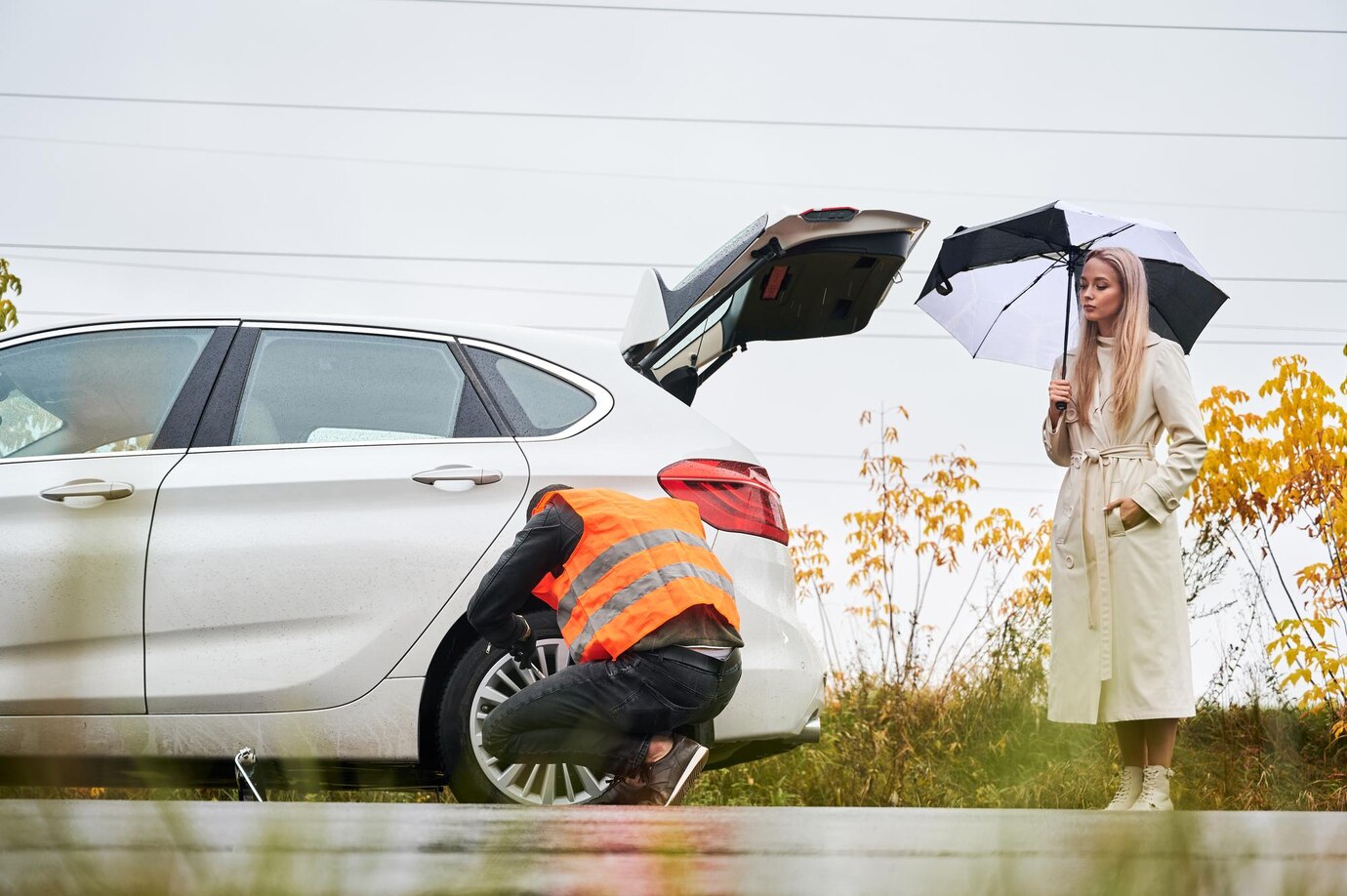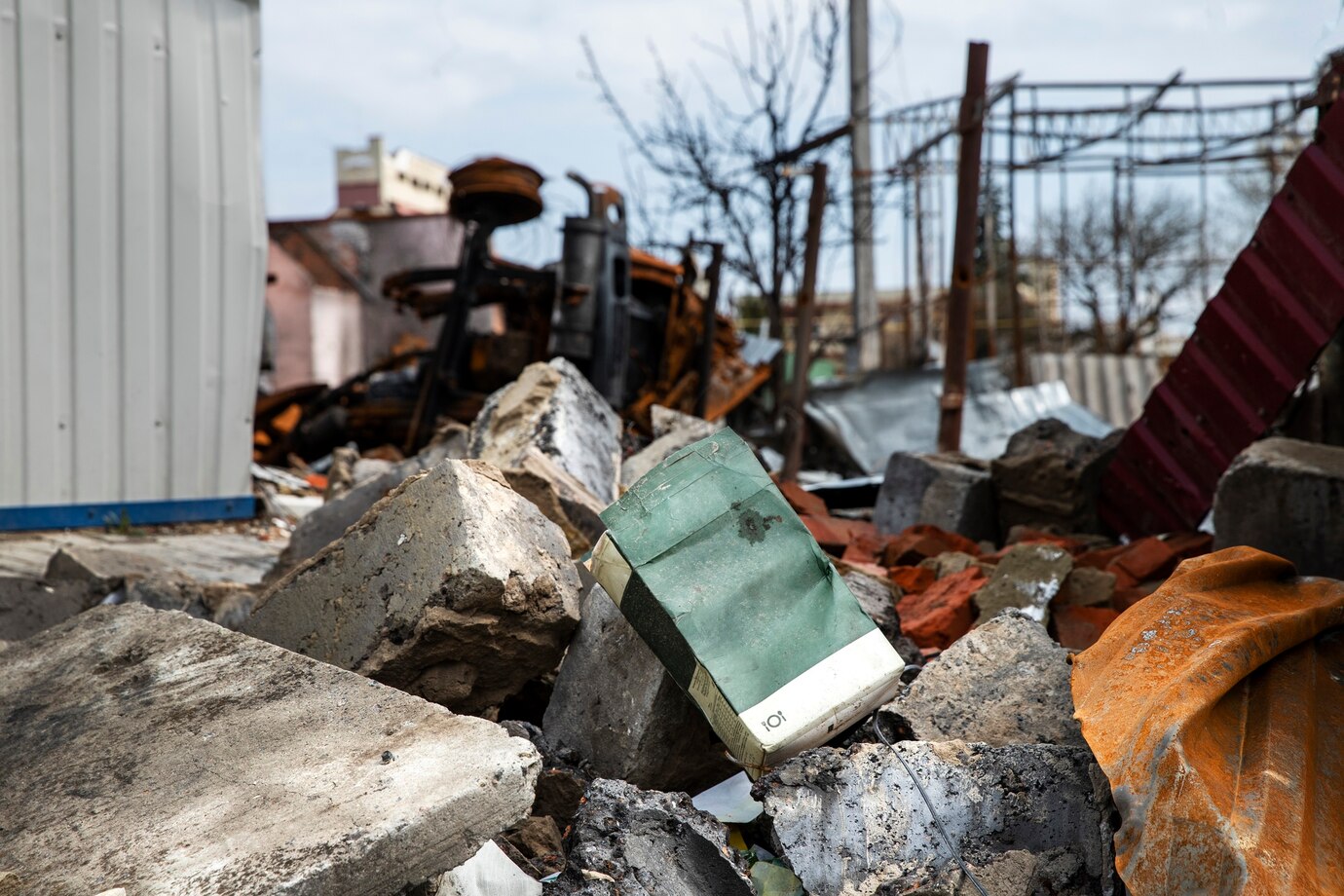Being involved in a car accident can be stressful and overwhelming, but knowing the proper steps to take when filing an auto insurance claim can make the process much smoother. Whether it’s a minor fender bender or a major collision, following the right procedures will help ensure a fair and timely settlement. Here’s a step-by-step guide for Colorado drivers on how to file an auto insurance claim effectively.
Step 1: Ensure Safety and Seek Medical Attention
The first priority after an accident is safety. Follow these steps immediately:
- Check for injuries: If anyone is injured, call 911 right away. Even minor injuries should be checked by a medical professional.
- Move to a safe location: If possible, move your vehicle to the side of the road to avoid blocking traffic. Turn on hazard lights and use warning triangles if available.
- Call the police: Colorado law requires you to report accidents involving injuries, fatalities, or property damage exceeding $1,000. A police report can be valuable when filing a claim.
Step 2: Gather Information at the Scene
Collecting accurate information at the accident scene will help strengthen your insurance claim. Be sure to document the following:
- Names, contact details, and insurance information of all parties involved.
- License plate numbers, vehicle makes, and models of all vehicles.
- Location, date, and time of the accident.
- Photos and videos of vehicle damage, road conditions, traffic signs, and any visible injuries.
- Eyewitness statements and contact details, if available.
Avoid admitting fault, as the insurance companies will determine liability based on evidence.
Step 3: Notify Your Insurance Company
Once you are safe and have gathered the necessary information, contact your insurance provider as soon as possible. Provide them with:
- Your policy number
- A brief description of the accident
- Any police report information
- Photos and documentation you collected at the scene
Your insurer will explain the next steps and may assign an adjuster to investigate your claim.
Step 4: Understand Your Coverage
Before proceeding, it’s important to know what your policy covers:
- Collision Coverage: Pays for damage to your vehicle, regardless of fault.
- Liability Coverage: Covers damage to the other party’s vehicle and medical expenses if you are at fault.
- Uninsured/Underinsured Motorist Coverage: Helps if the other driver doesn’t have enough insurance.
- Medical Payments (MedPay): Covers medical expenses for you and your passengers, regardless of fault.
Your deductible and policy limits will determine how much you’ll need to pay out-of-pocket.
Step 5: Work with the Claims Adjuster
Your insurance company will assign a claims adjuster to review the accident details and estimate the cost of repairs. They may:
- Inspect vehicle damage in person or request photos.
- Work with repair shops to determine repair costs.
- Negotiate settlement amounts based on policy terms.
Be sure to ask questions and provide any additional information requested to avoid delays.
Step 6: Get Your Vehicle Repaired
If your policy includes collision coverage, you can choose a preferred repair shop recommended by your insurer or select your own. Some things to keep in mind:
- Estimates: Get multiple repair estimates if needed.
- Rental Car Coverage: If your policy includes rental reimbursement, you may receive a temporary vehicle while repairs are completed.
- Total Loss: If the repair cost exceeds the vehicle’s value, your insurer may declare it a total loss and issue a payout based on market value.
Step 7: Finalize Your Claim
Once repairs are complete, review your settlement offer carefully. If you believe the payout is too low, you can:
- Request a re-evaluation with additional documentation.
- Negotiate with the adjuster or hire a claims advocate.
- File a dispute if necessary.
Most claims are settled within a few weeks, but complex cases may take longer.
Final Thoughts
Filing an auto insurance claim in Colorado doesn’t have to be a complicated process. By following these steps and understanding your policy, you can ensure a smooth and efficient claim experience. Always stay prepared by keeping an updated insurance policy, emergency contact numbers, and a claims checklist in your vehicle.











